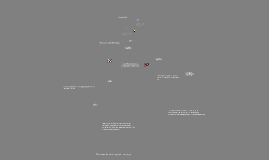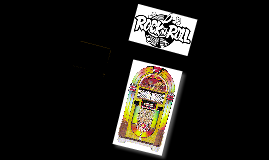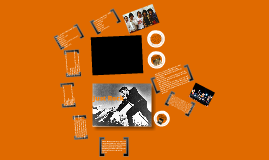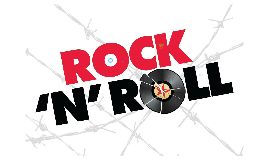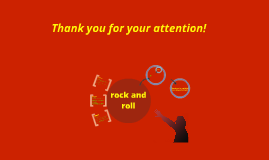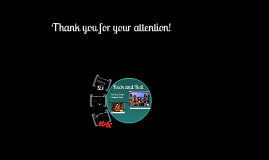rock and roll
Transcript: the history of rock the history of rock and roll rock and roll was popular in the 1900's Rock and roll (often written as rock & roll or rock 'n' roll) is a genre of popular music that originated and evolved in the United States during the late 1940s and early 1950s primarily from a combination of African American blues, country, jazz, and gospel music. Though elements of rock and roll can be heard in country records of the 1930s, and in blues records from the 1920s,rock and roll did not acquire its name until the 1950s. In the 1930s jazz, and particularly swing, both in urban based dance bands and blues-influenced country swing, was among the first music to present African American sounds for a predominately white audience In the earliest rock and roll styles of the late 1940s and early 1950s, either the piano or saxophone was often the lead instrument, but these were generally replaced or supplemented by guitar in the middle to late 1950s.almost always provided by a snare drum. Classic rock and roll is usually played with one or two electric guitars (one lead, one rhythm), a string bass or (after the mid-1950s) an electric bass guitar, and a drum kit. the 1950s, Britain was well placed to receive American rock and roll music and culture.It shared a common language, had been exposed to American culture through the stationing of troops in the country, and shared many social developments, including the emergence of distinct youth sub-cultures, which in Britain included the Teddy Boys. At the same time British audiences were beginning to encounter American rock and roll, initially through films including Blackboard Jungle (1955) and Rock Around the Clock (1955). Both movies contained the Bill Haley & His Comets hit "Rock Around the Clock", which first entered the British charts in early 1955 - four months before it reached the US pop charts - topped the British charts later that year and again in 1956, and helped identify rock and roll with teenage delinquency. American rock and roll acts such as Elvis Presley, Little Richard and Buddy Holly thereafter became major forces in the British charts Trad Jazz became popular, and many of its musicians were influenced by related American styles, including boogie woogie and the blues.The skiffle craze, led by Lonnie Donegan, utilised amateurish versions of American folk songs and encouraged many of the subsequent generation of rock and roll, folk, R&B and beat musicians to start performing by felix reyes :credits teacher-mr.ober creator-felix reyes editor-felix reyes librarian-mrs.magrane helper-ivan slawsky helper2-jonathan irizarry helper3-jay jay helper4 - i hope you liked it Many of the earliest white rock and roll hits were covers or partial re-writes of earlier black rhythm and blues or blues songs. Through the late 1940s and early 1950s, R&B music had been gaining a stronger beat and a wilder style, with artists such as Fats Domino and Johnny Otis speeding up the tempos and increasing the backbeat to great popularity on the juke joint circuit. Before the efforts of Freed and others, black music was taboo on many white-owned radio outlets, but artists and producers quickly recognized the potential of rock and roll.[40] Most of Presley's early hits were covers of black rhythm and blues or blues songs, like "That's All Right" (a countrified arrangement of a blues number), its flip side "Blue Moon of Kentucky", "Baby, Let's Play House", "Lawdy Miss Clawdy" and "Hound Dog". rock was pop.in the 1970s Felix Reyes






